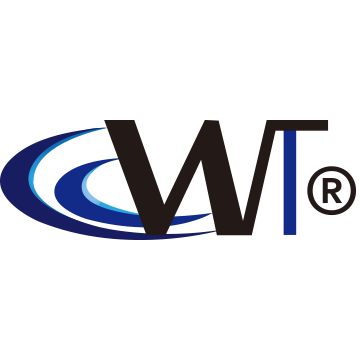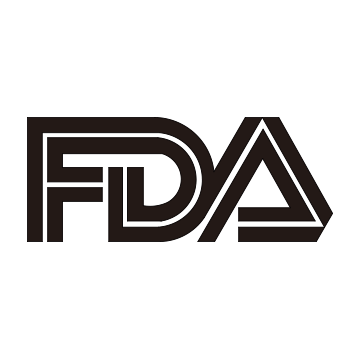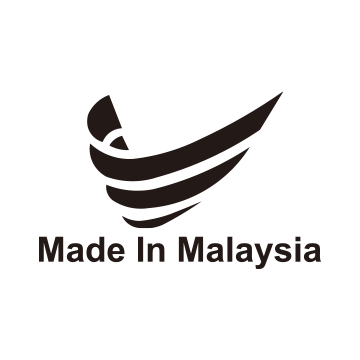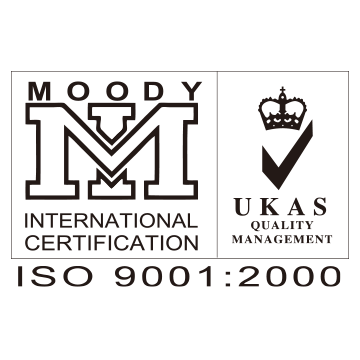部落格
Blog
European-Style Built-In Water Dispenser With Integrated RO Filtration System & Touch Control Design
The Puretron TR-6 is Taiwan’s first patented, European-style built-in water dispenser, proudly made in Taiwan. Its sleek and elegant design features a large black glass touch panel, combining modern aesthetics with practical functionality.
2025-06-07
READ MORE
Trendy White Appliances Are In. Our Countertop Tri-Temperature Water Dispenser Keeps Your Family Healthy and Hydrated.
In modern home living, thoughtful spatial design plays a key role in creating a healthy and sustainable living environment. Among all essentials, the quality of drinking water - something we consume daily - is gaining increased attention.
2025-06-06
READ MORE


















